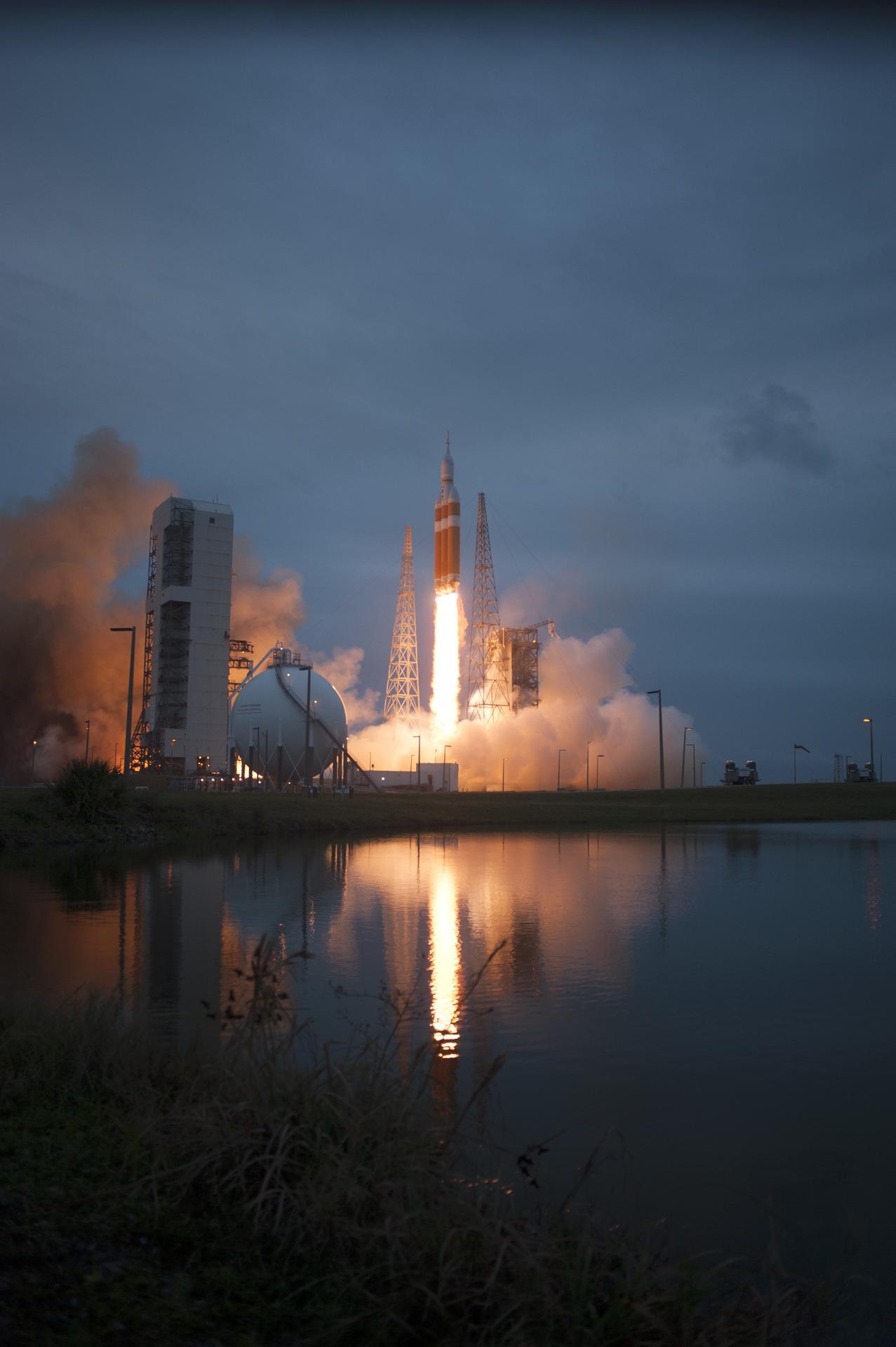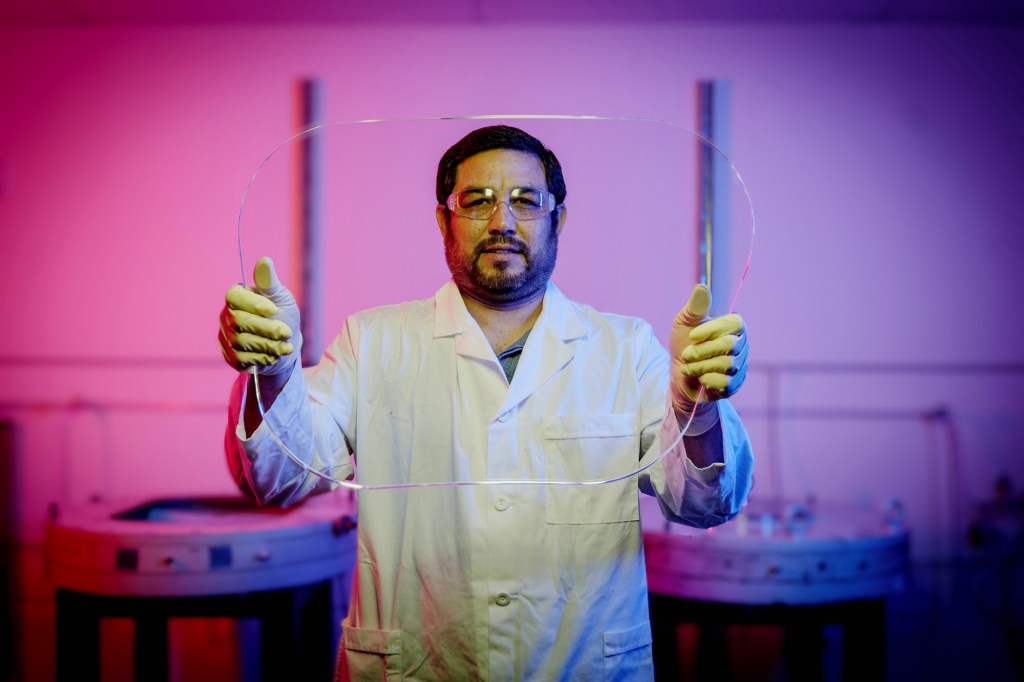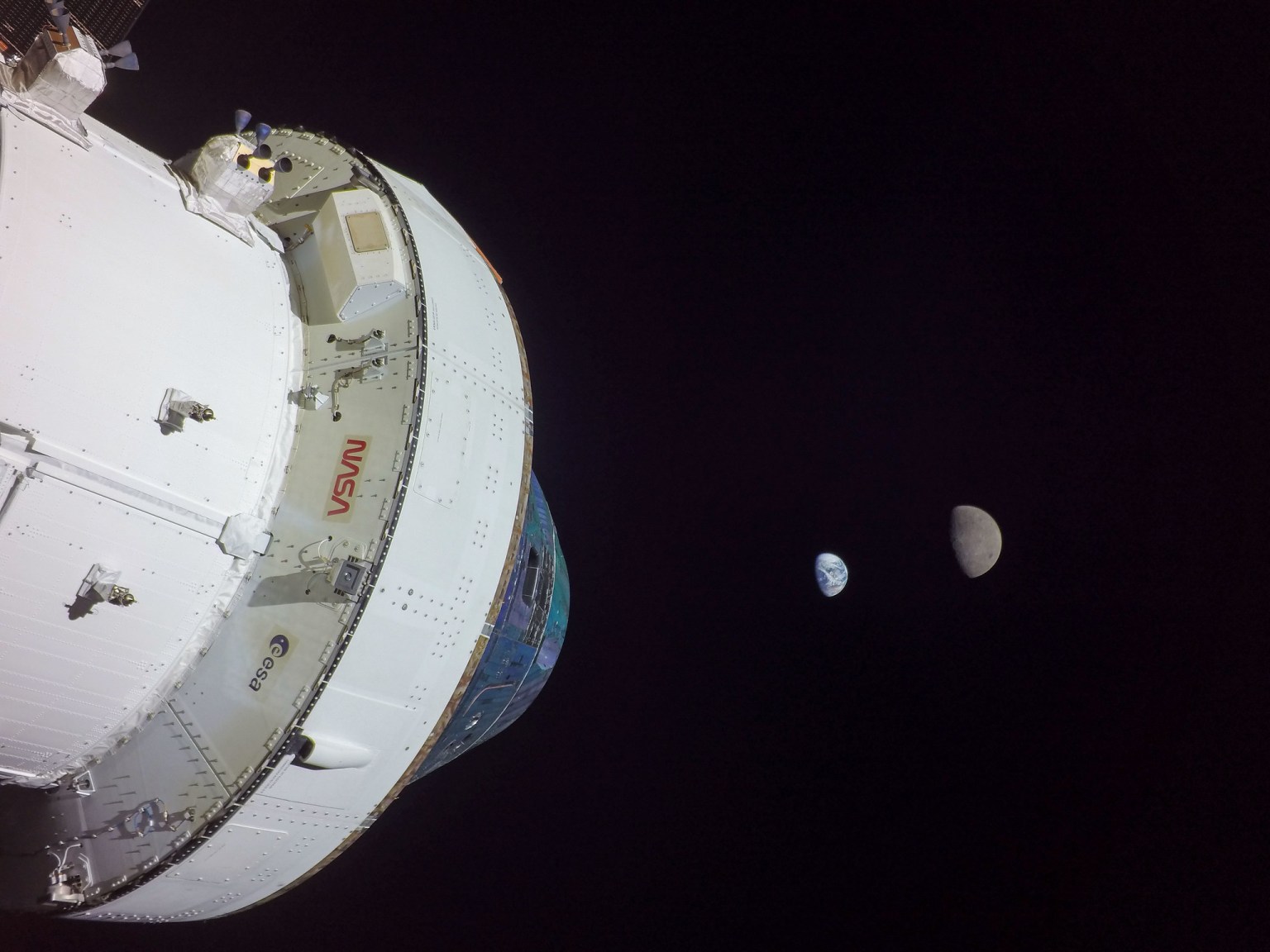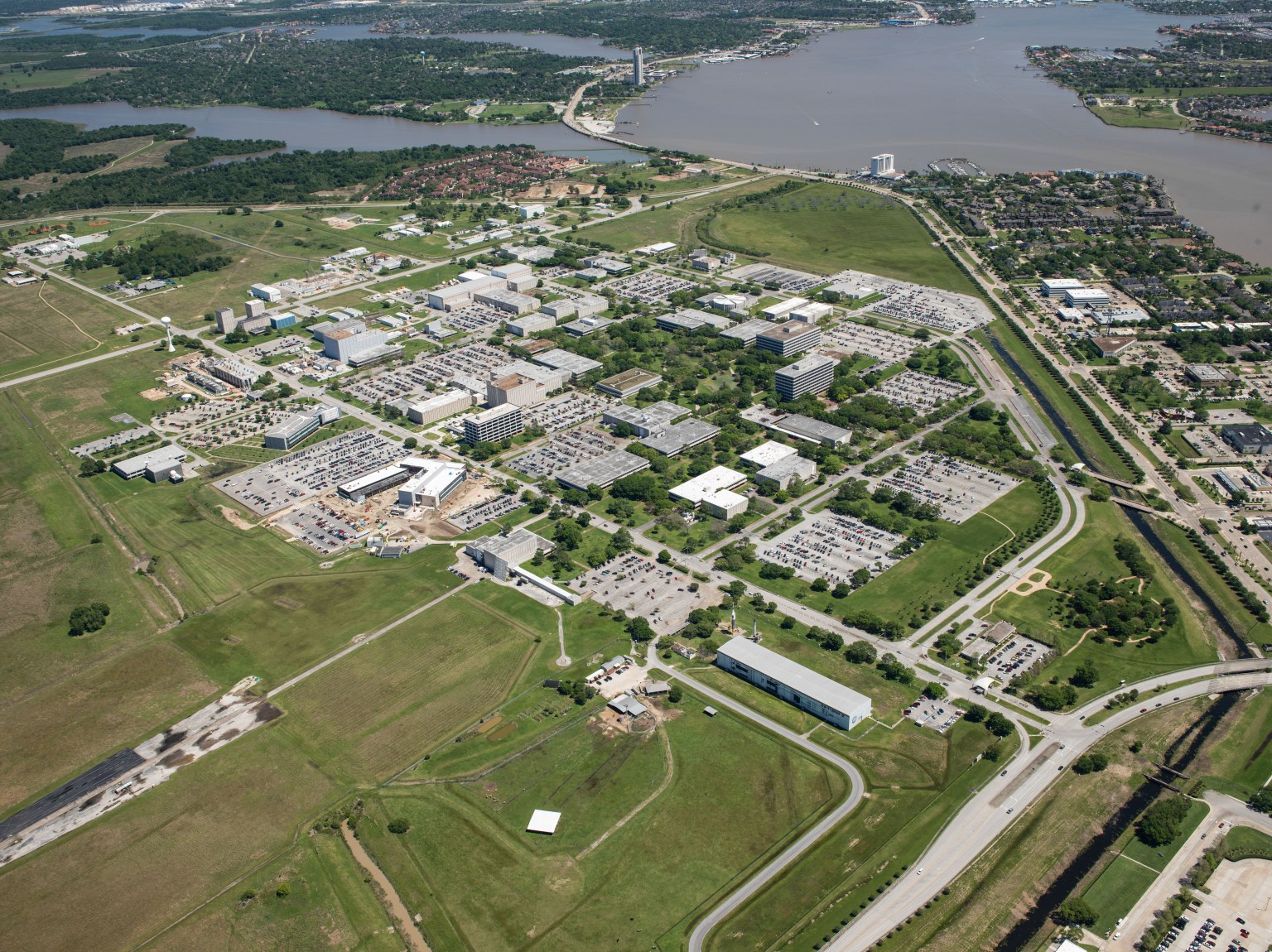Exploration Flight Test-1
Exploration Flight Test-1 was the first test flight of the Orion spacecraft in 2014.
Mission Type
program
Launch
Landing
On Dec. 5, 2014, Orion lifted off from Space Launch Complex 37 at Cape Canaveral Air Force Station in Florida on a United Launch Alliance Delta IV Heavy rocket and splashed down approximately 4.5 hours later in the Pacific Ocean. The test, called Exploration Flight Test-1, or EFT-1, demonstrated Orion’s space-worthiness, tested the spacecraft’s heat shield during entry into Earth’s atmosphere, and proved the capsule’s recovery systems. The test flight carried a high-fidelity crew module and a mock service module that remained attached to the rocket’s upper stage until its return to Earth.
At 7:05 a.m., the three-core first stage of the Delta-IV Heavy rocket ignited, lifting Orion off to begin the mission. Approximately four minutes after liftoff, the two side boosters separated as the center core continued firing. The second stage ignited after separation to begin the first of three planned burns. During the first burn, the service module’s protective fairing separated, followed by the launch abort system. This first burn of the second stage placed the spacecraft into a preliminary 115-by-552-mile parking orbit. After completing one revolution around the Earth, during which time controllers in Mission Control in Houston verified the functioning of the spacecraft’s systems, the second stage ignited a second time, raising Orion’s apogee, or high point, above the Earth to 3,600 miles. During the coast to apogee, Orion remained attached to the second stage and completed its first crossing through the inner Van Allen radiation belt.
About three hours after launch, Orion reached its apogee and began its descent back toward Earth, separating from the second stage. During the passage back through the Van Allen belt, Orion fired its thrusters to adjust its course for return, and at an altitude of 400,000 feet, the spacecraft entered the Earth’s atmosphere, traveling at 20,000 mph. The spacecraft experienced maximum heating of about 4,000 degrees Fahrenheit, proving the worthiness of the heat shield. After release of Orion’s forward bay cover, two drogue parachutes deployed to slow and stabilize the spacecraft. Then the three main parachutes deployed, slowing the spacecraft to 20 mph. Splashdown occurred 4 hours and 24 minutes after launch about 600 miles southwest of San Diego.
A NASA and U.S. Navy team aboard the USS Anchorage recovered Orion and returned it to U.S. Naval Base San Diego. After its arrival, workers placed the Orion capsule aboard a truck that delivered it to the Kennedy Space Center. After engineers conducted a thorough inspection of the spacecraft at Kennedy, workers trucked it to the Lockheed Martin facility in Littleton, Colorado, where engineers completed final inspections and decontamination of the vehicle, which is now on display at the Kennedy Space Center Visitors Complex.
EFT-1 collected data that is helping NASA lower risks to the astronauts who will later fly on Orion. This included verifying the thermal protection system, hardware separation events, the parachute system and the crew module uprighting system, as well as allowing engineers to identify design issues and fix them before Orion carries astronauts on future missions. The first flight also gave NASA the chance to continue refining its production and coordination processes, and Orion’s design teams gained important experience and training to ensure the industry is prepared to launch Orion on its first integrated flight with the Space Launch System rocket.
Lockheed Martin, NASA’s prime contractor for Orion, manufactured the high-fidelity crew module and a mock service module. The Delta IV Heavy rocket was built by United Launch Alliance. Lockheed Martin began manufacturing the crew module in 2011, and it was constructed at NASA’s Michoud Assembly Facility. Lockheed Martin delivered the crew module in July 2012 to the Neil Armstrong Operations & Checkout Building (O&C) at Kennedy Space Center, where heat shield installation, final assembly, integration and testing were completed. More than 1,000 companies across the country manufactured or contributed elements to Orion for EFT-1.
| Launch Date | Dec. 5, 2014 7:05 a.m. EST |
| Landing Date | Dec. 5, 2014 11:29 a.m. EST |
| Launch Site | Cape Canaveral Air Force Station, Florida, SLC-37B |
| Launch Vehicle | Delta IV Heavy |
| Landing Site | Pacific Ocean, 640 miles SSE off coast of San Diego; Recovered by USS Anchorage |
| Duration | 4 hr., 24 min., 46 sec. |
| Altitude | 3,597.8 miles |











































